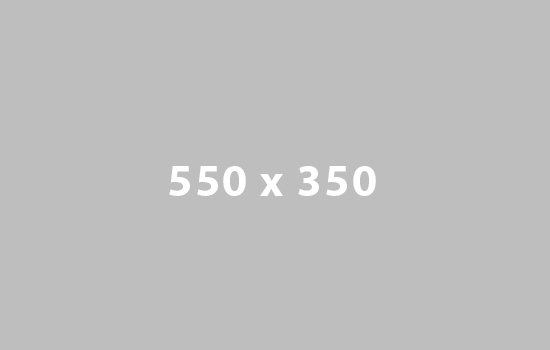
Supply and Demand
Supply and demand are fundamental economic concepts determining the market prices and quantities of goods and services.
Understanding how supply and demand interact can help businesses make informed decisions, economists predict market trends, and policymakers implement effective policies.
Understanding the Basics of Supply and Demand
Supply refers to the quantity of a good or service that producers can offer for sale at a given price. Demand is the quantity of a good or service that consumers can purchase at a given price. The interaction between supply and demand determines the market equilibrium, where the quantity supplied equals the quantity demanded. When supply exceeds demand, there is a surplus, leading to lower prices. Conversely, when demand exceeds supply, a shortage leads to higher prices.
Factors Affecting Supply and Demand
Several factors can influence supply and demand. For supply, factors such as production costs, technology, government regulations, and the number of producers can impact the quantity of a good or service that is supplied. On the other hand, factors affecting demand include consumer preferences, income levels, population demographics, and the prices of related goods. These factors can shift the supply and demand curves, changing equilibrium prices and quantities.
The Law of Supply and Demand Explained
The law of supply states that as the price of a good or service increases, the quantity supplied by producers also increases, ceteris paribus. Conversely, the law of demand states that as the price of a good or service rises, the quantity demanded by consumers decreases, ceteris paribus. This inverse relationship between price and quantity is the core principle behind supply and demand analysis, guiding market outcomes.
The Role of Price in Supply and Demand
Price acts as the mechanism that brings supply and demand into equilibrium. Consumers may demand less when prices are too high, leading to surpluses. Conversely, producers may supply less when prices are too low, leading to shortages. Prices adjust based on the interaction between supply and demand until equilibrium is reached, where the market clears and there is neither a surplus nor a shortage.
Elasticity of Supply and Demand
Elasticity measures how responsive the quantity supplied or demanded is to changes in price. Inelastic goods have relatively stable quantities regardless of price changes, while elastic goods have more significant changes in quantity in response to price fluctuations. Understanding elasticity is essential for businesses to price their products effectively and for policymakers to anticipate the impacts of price changes on markets.
Equilibrium in Supply and Demand
Equilibrium in supply and demand occurs when the quantity supplied equals the quantity demanded at a specific price. There is no incentive for producers to increase or decrease production, and consumers are satisfied with the available quantities at that price. Equilibrium prices and quantities can shift due to changes in supply and demand factors, leading to new market equilibriums.
Shifts in Supply and Demand Curves
Supply and demand curves can shift due to changes in various factors. For example, increasing consumer income may shift the demand curve for luxury goods to the right, leading to higher prices and quantities. Changes in production costs may shift the supply curve to the left, resulting in higher prices and lower quantities. Understanding these shifts is essential for predicting market trends and making informed business decisions.
Price Floors and Price Ceilings
Price floors and ceilings are government-imposed price limits that can distort market outcomes. A price floor sets a minimum price that sellers can charge, while a price ceiling sets a maximum price that buyers can pay. Price floors can lead to surpluses, while price ceilings can create shortages. These interventions in the market can have unintended consequences and may require policymakers to consider their impacts carefully.
Surplus and Shortage in Supply and Demand
Surpluses occur when the quantity supplied exceeds the quantity demanded at a given price, leading to downward pressure on prices. Conversely, shortages happen when the amount demanded exceeds the quantity supplied, causing prices to rise. Surpluses and shortages are temporary imbalances in the market that can be corrected by price adjustments or changes in supply and demand factors.
Global Implications of Supply and Demand
Supply and demand have global implications, as markets are interconnected across countries and regions. Changes in supply or demand in one part of the world can impact prices and quantities in other areas. Globalization has made it crucial for businesses and policymakers to consider international supply and demand dynamics, as they can affect economies worldwide.
Government Intervention in Supply and Demand
Governments often intervene in markets to address inefficiencies or to achieve specific policy goals. They may implement regulations, subsidies, or taxes to influence supply and demand. While government intervention can correct market failures or protect consumers, it can also create unintended consequences and distort market outcomes. Balancing the benefits and drawbacks of government intervention is essential for achieving efficient market outcomes.
Forecasting Trends in Supply and Demand
Forecasting trends in supply and demand is essential for businesses to anticipate market conditions and make strategic decisions. Economists use various models and data to predict how changes in factors such as consumer behavior, technology, or government policies may impact markets. By analyzing historical trends and current market conditions, businesses can better position themselves to respond to future changes in supply and demand.

